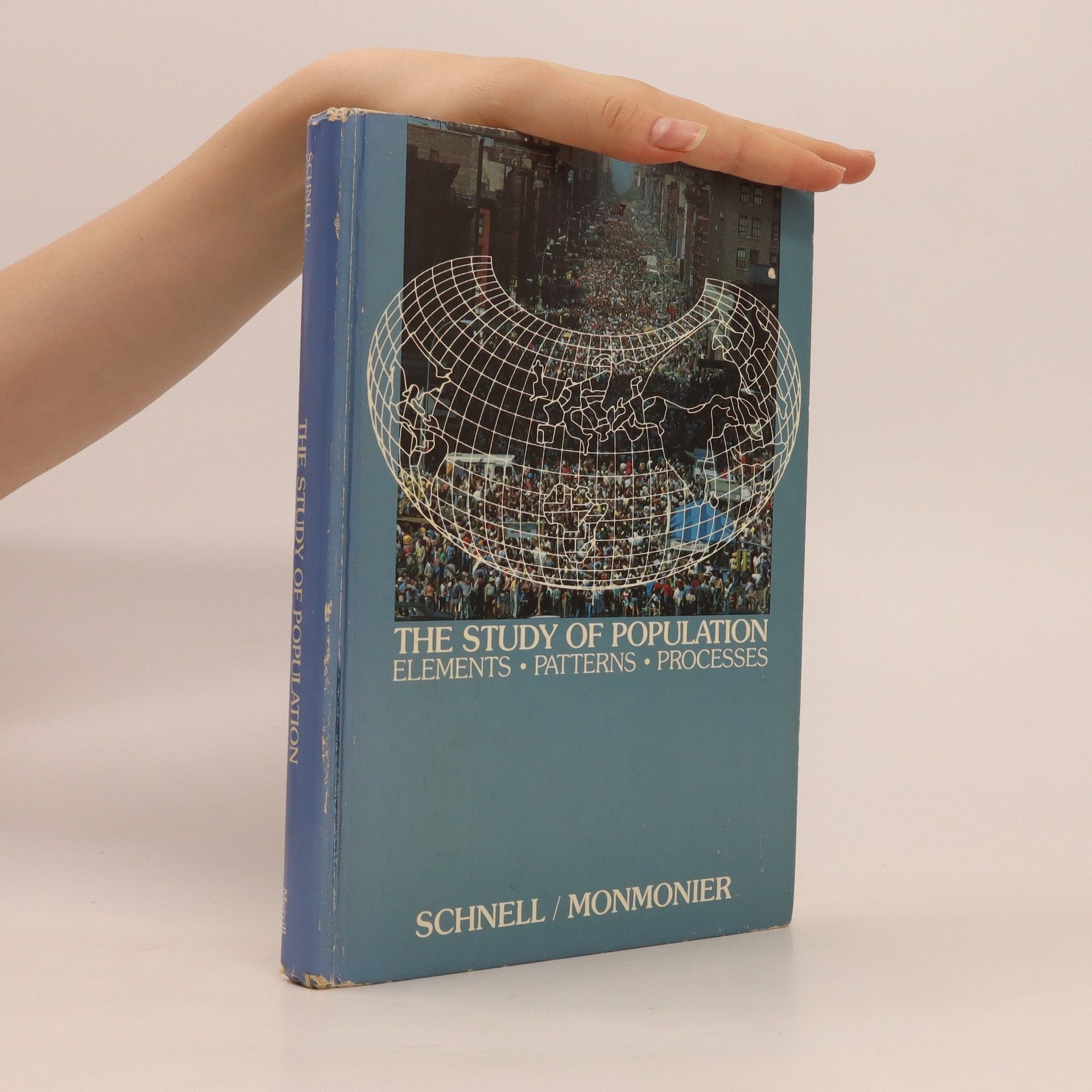Mark Monmonier Bücher
Mark Monmonier verfasst fesselnde Erzählungen, die sich mit der Komplexität von Geographie und Informationssystemen befassen, durchdrungen von sowohl rigoroser Gelehrsamkeit als auch einem reizvollen Sinn für Humor. Seine Schriften stellen die herkömmliche Weisheit in Frage und ermutigen die Leser, kritisch zu prüfen, wie Informationen präsentiert und interpretiert werden. Monmoniers einzigartiger Ansatz beleuchtet die komplexe Natur von Toponymie und geografischen Daten und enthüllt die Bedeutungsebenen und potenziellen Verzerrungen innerhalb scheinbar objektiver Darstellungen. Er lädt die Leser zu einer Reise intellektueller Entdeckung ein, bei der die vertraute Landschaft von Karten und Ortsnamen zu einer Quelle tiefer Einsichten wird.



Clock & Compass: How John Byron Plato Gave Farmers a Real Address
- 196 Seiten
- 7 Lesestunden
A city guy who aspired to be a farmer, John Byron Plato took a three-month winter course in agriculture at Cornell before starting high school, which he left a year before graduation to fight in the Spanish-American War. He worked as a draftsman, ran a veneers business, patented and manufactured a parking brake for horse-drawn delivery wagons, taught school, and ran a lumber yard. In his early thirties he bought some farmland north of Denver, Colorado, and began raising Guernsey cattle, which he advertised for sale in the local paper. When an interested buyer eager to see his calves couldn’t find his farm, Plato realized that an RFD postal address was only good for delivering mail.Plato’s solution was a map-and-directory combo that used direction and distance from a local business center to give farmers a real address, just like city dwellers. He patented his invention called the “Clock System” and tried to sell it to the Post Office Department. What follows is a tale of persistence and failure as rural farming declined and technology and capitalism overtook John Byron Plato’s chances at geographic immortality.